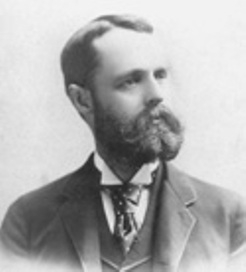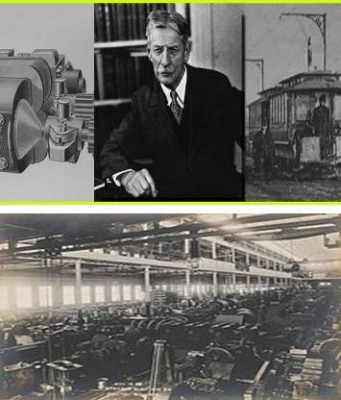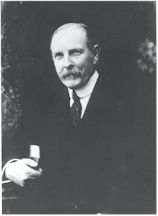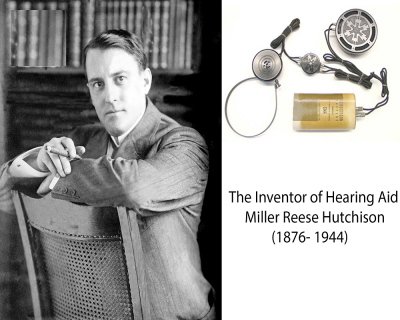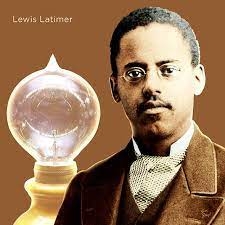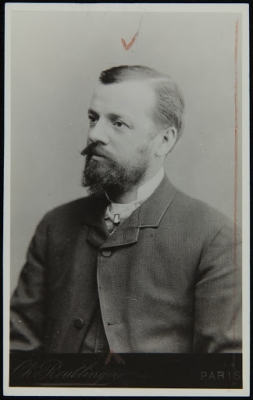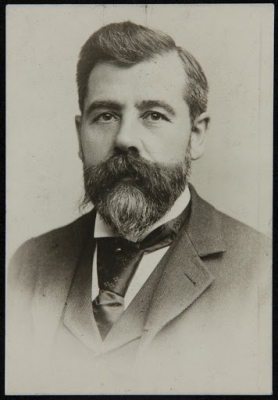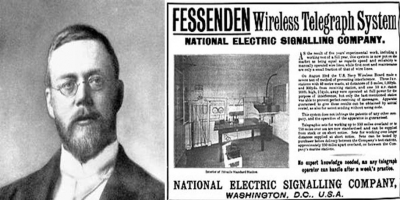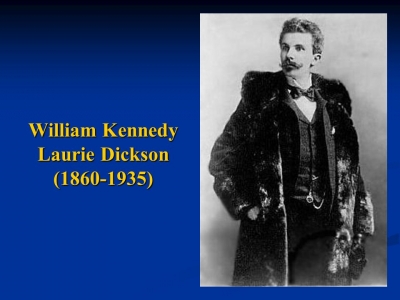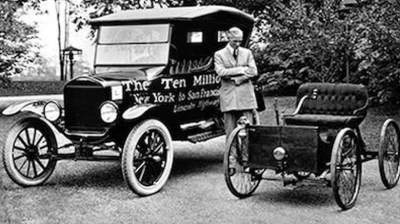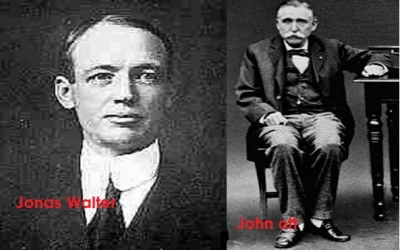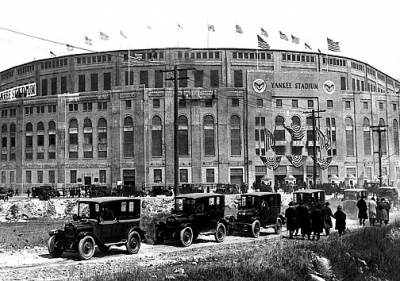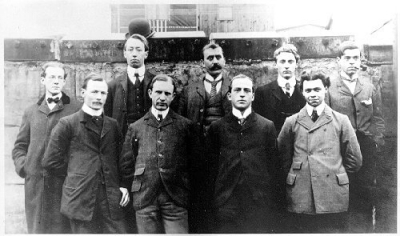How did life change for Edison after 1911?
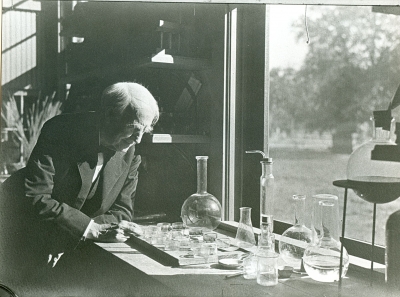
Edison, the legendary inventor also had a highly practical business mind. His companies were reorganized in 1911, to form the ‘Thomas A. Edison Inc.’. Non-stop chasing of new ideas for inventions was by then over for Edison. The organization became more diversified and structured. The focus of the organization was now on selling their products, rather than coming up with new inventions.
Disaster struck when there was a huge fire at the West Orange Laboratory, in 1914. Thirteen buildings in the premises were destroyed, but this could not kill the spirit of Edison, and he was back at work the very next day.
Production of movies started again within 24 hours. Under the forceful leadership of Edison, the complex was rebuilt in six months.
Picture Credit : Google
